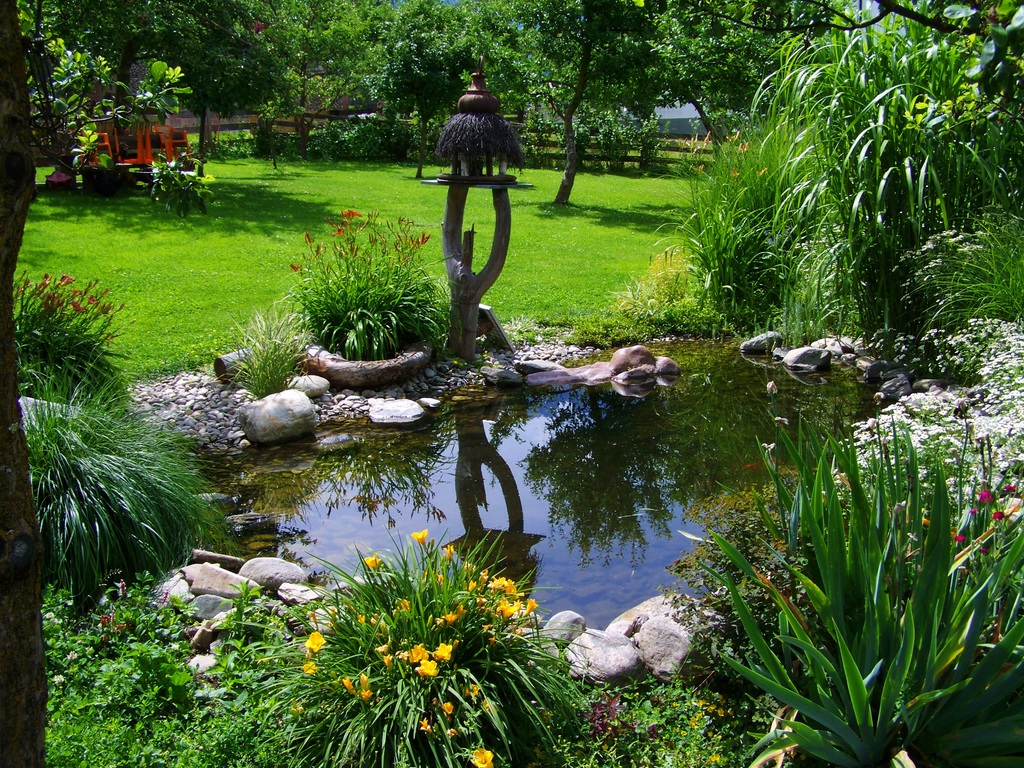Water is a precious resource. However, with the genuine threat of water shortages in many parts of the world, it’s essential to be mindful of the amount of water you use in your backyard.
Low-water landscaping can help with that! It involves implementing various techniques designed to reduce the amount of water used, such as planting drought-resistant plants and native flowers, which require little attention and upkeep.

It also means using mulch or bark chips in place of grass to reduce irrigation needs. This article will show you a few tips and tricks you can use in your backyard. Alternatively, you can hire a Chicago landscaping expert to manage your landscape needs.
The best time to plant is in the spring, but if you find yourself with a garden that needs some TLC in the summer, there are still ways to make your plants thrive.
Early planting gives your plants time to get used to their new surroundings before they’re put under any additional stress. You should use mulch around the base of the plant or row of plants and water them consistently until they are established.
We all know how difficult it can be to keep our yards looking beautiful. Between the drought, weeds, and pests, we are constantly looking for ways to make them more manageable. One way you might not think about it is by planting native plants in your yard.
While they may require some initial watering or upkeep at first, once established, these plants will do just fine without any additional watering! These plants also tend to withstand harsh conditions better than other species.
So if you’re out searching for a new plant for your yard–consider going native!
Read Also:
When planting a new flower bed or garden bed, add compost and cover with mulch afterward. Mulch helps keep water close to the roots of the plants and prevents evaporation which will cause drying out in between rainstorms or sprinkler sessions from occurring.
You may not think it matters much whether your yard is covered in grass or a groundcover, but you would be wrong. By replacing the grass in your lawn with an attractive groundcover, you can make a huge difference in how much water your family uses each day.
More than half of the outdoor water used by an average American household goes to watering yards and gardens. If you are looking for ways to reduce the amount of water you use outdoors, consider reducing the size of your yard or adding ground covers instead of grass.
The average Chicago resident uses about 500 gallons of water per day. With the heat in the summer, we know that using less water is an excellent way to conserve our precious resources.
It can be tricky, though, when it feels like plants need more and more water just to survive in this extreme weather! However, there are many ways you can use less water while also giving your plants the care they deserve.
For example, if you use sprinklers, let them super soak the plants in the evening or morning.
You may be surprised to learn that one of the most effective ways to conserve water in your garden is by using “greywater.” This consists of reusing your washing machine’s wastewater and letting it flow through your garden.
Alternatively, you can install a rainwater capture system. This system collects any rainfall from an area, filters it, and then stores it in tanks or barrels for later use as needed. You can install rainwater systems in both residential homes and commercial buildings alike.
These systems offer another source of free water and can reduce your utility bills tremendously!
For many people, summertime means garden time! But before you start planting your flower beds and vegetable patches, it’s crucial to think about what type of irrigation system will work best for your property.
This is where drip irrigation systems come in handy. A drip irrigation system uses 20-50% less water compared to a conventional sprinkler and can save 30,000 gallons of water annually!